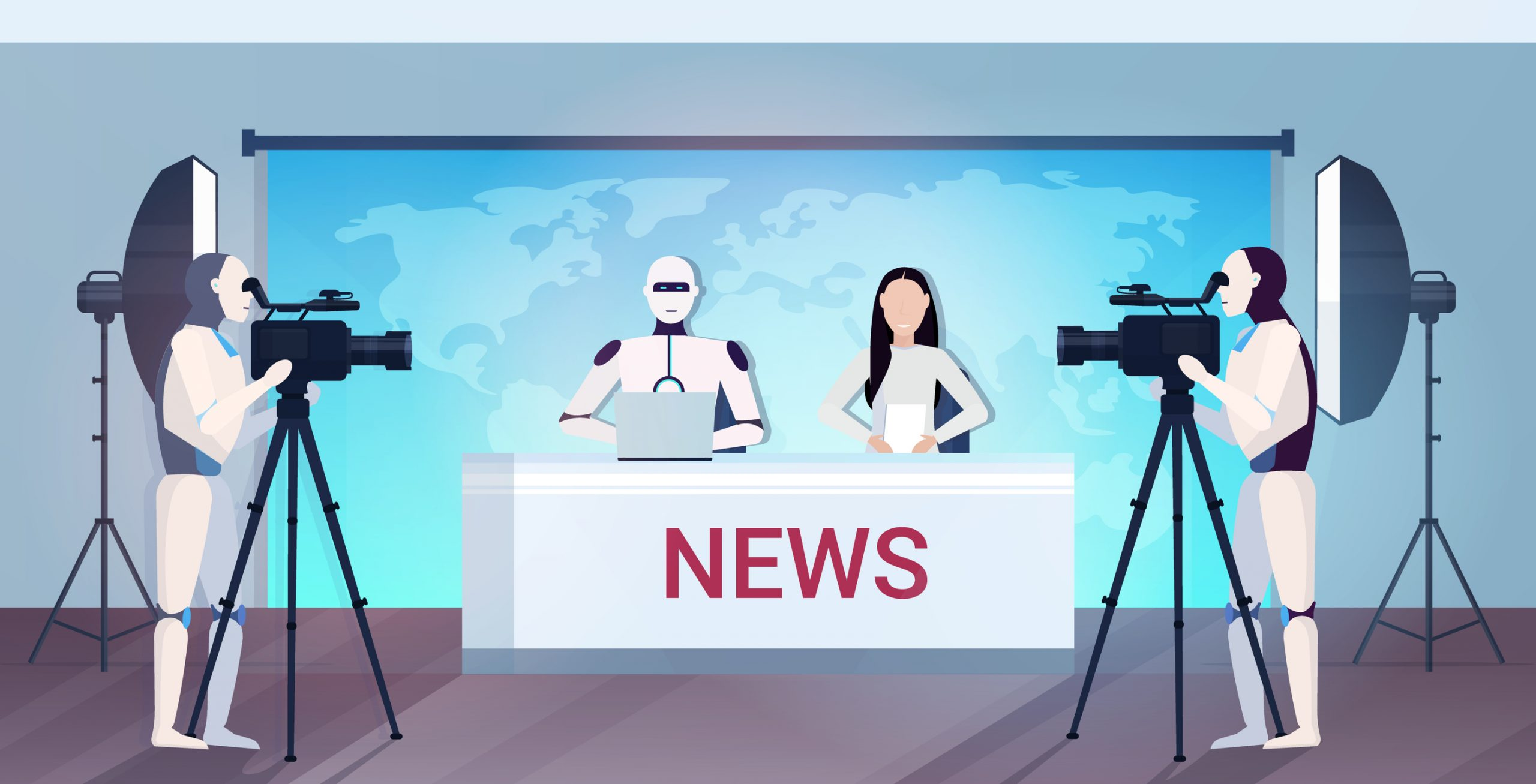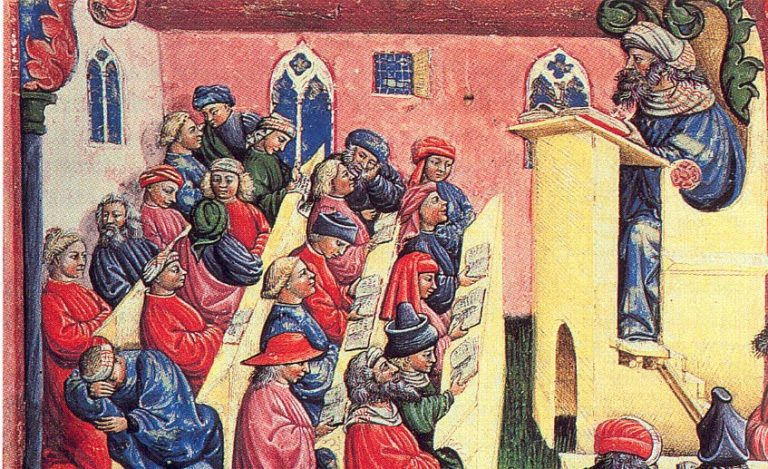Artificial intelligence in photojournalism is reshaping the landscape of visual storytelling, presenting both challenges and opportunities for the future of this vital craft. As AI technology in journalism evolves, it impacts how images are captured, distributed, and perceived, which raises questions about authenticity and copyright. While some fear that AI may undermine the integrity of photography and the emotional weight of visual narratives, leaders in the field like Kira Pollack are exploring ways to harness this technology to preserve photojournalism archives. By leveraging AI, photojournalists can enhance the organization and accessibility of historically significant images, ensuring that the truth is maintained in a rapidly changing environment. The interplay of AI and visual storytelling may ultimately help safeguard the rich legacy of photojournalism while addressing the pressing challenges it faces today.
The integration of automated systems into visual media is changing the way stories are told through images. Advanced algorithms and machine learning techniques are now crucial tools for many photographers tasked with documenting significant events. As industry professionals grapple with the implications of these technological advancements, the need for a balanced approach becomes evident. Innovative methods are emerging that utilize artificial intelligence for the preservation and categorization of visual records, transforming traditional archives into dynamic, accessible resources. This dual nature of AI—both as a potential source of disruption and a means of safeguarding heritage—marks a pivotal moment in photography and journalism as we know it.
The Dual Impact of AI on Photojournalism
The landscape of photojournalism is significantly influenced by the emergence of artificial intelligence technologies, presenting both opportunities and challenges. On one hand, AI tools streamline editing processes, automate mundane tasks, and offer analytical capabilities that can enrich storytelling through enhanced visual data interpretation. For example, AI can assist in organizing vast archives of photographic content, making it more accessible and engaging for both professionals and the public. On the other hand, the same advancements pose a threat to the integrity of photojournalism, as generative AI technology can produce hyper-realistic images that blur the lines between fact and fiction. This dual impact necessitates a careful examination of how AI can be harnessed while also ensuring the authenticity of photojournalistic work remains intact.
Moreover, the potential risks associated with AI, such as copyright infringement and the creation of misleading imagery, could undermine public trust in visual media. As viewers grapple with the reality of manipulated images, the essence of photojournalism—truth-telling—could be jeopardized. Emmy award-winning visual storyteller Kira Pollack emphasizes the urgency of addressing these challenges amidst a rapidly evolving technological landscape. By understanding and embracing AI’s capabilities while simultaneously monitoring its implications, the photojournalism community can adapt and safeguard its core values in an increasingly digital world.
Preserving Photojournalism Archives with AI Technology
One of the most crucial challenges facing photojournalism today is the preservation of its extensive archives, which are often overlooked yet contain invaluable narratives that depict the human experience across various epochs. Pollack’s research reflects a pivotal understanding that archives are not mere repositories; they are dynamic collections that provide insights into historical events captured through the lenses of photojournalists. By leveraging AI technology, there is a unique opportunity to catalog these images in innovative ways, enhancing their discoverability and ensuring their stories are told. Pollack’s collaboration with professionals like photojournalist Christopher Morris illustrates this potential, showing how AI can analyze complex imagery and provide essential context.
However, the process of utilizing AI to preserve photojournalistic archives must be approached with caution. Ethical considerations are paramount, especially regarding the ownership of images and the potential misuse of content through unauthorized training of AI models. As Pollack posits, it is not enough for AI to merely assist in archival projects; it must respect the intent and rights of the photographers whose work it seeks to illuminate. This delicate balance between innovation and ethics is crucial as the photojournalism industry navigates the intersection of technology and visual storytelling, ensuring that the true essence of photojournalism is not lost in the process.
AI and Visual Storytelling: New Frontiers
The incorporation of artificial intelligence into visual storytelling represents a transformative phase for photojournalism, allowing for deeper engagement with audiences while enhancing narrative clarity. AI’s ability to process and analyze visual data at scale opens new possibilities for how stories are conveyed. Through tools that can interpret complex scenes, such as identifying emotional cues within photographs or analyzing compositional elements, photojournalists can craft more compelling narratives that resonate with viewers. By utilizing AI-driven insights, storytellers can gain a richer understanding of the context surrounding their images, leading to more informed and nuanced reporting.
Nonetheless, the reliance on AI technology must not overshadow the human element inherent in photojournalism. It is essential to maintain a balance between technological advancements and the storyteller’s voice. As AI enhances our capabilities, it should complement rather than replace the intuition and empathy that human photojournalists employ in their work. Grounding AI-generated insights within actual experiences and values of the photographers ensures that visual storytelling remains authentic and engaging. The dual role of AI in enhancing narrative depth while reinforcing human creativity presents a significant opportunity to redefine the future of photojournalism.
Challenges in Photojournalism: Navigating the AI Landscape
The challenges that photojournalists face in an AI-dominated era are multifaceted. From grappling with ethical dilemmas over image authenticity to negotiating issues of copyright and data ownership, the landscape is fraught with complications that could hinder the industry’s progression. As generative AI technologies proliferate, the risk of presenting fabricated images as authentic increases, prompting a crisis of trust among audiences. This environment demands that photojournalists not only adapt their methods but also advocate for ethical standards that preserve journalistic integrity.
In addressing these challenges, it becomes crucial for the photojournalism community to engage proactively with new technologies rather than reactively. Collaborations between technologists, journalists, and ethicists are essential to establish frameworks for the responsible use of AI. Implementing guidelines and best practices will safeguard against potential abuses while fostering innovation within the industry. As Pollack’s work exemplifies, there is a pressing need to reconcile the capabilities of AI with a commitment to truth, creativity, and the preservation of photographic history.
The Future of Journalism: Embracing AI Responsibly
As the role of artificial intelligence in journalism continues to evolve, there lies a pressing need for professionals within the industry to approach these advancements thoughtfully. The integration of AI technology offers unprecedented opportunities for enhancing productivity, improving storytelling, and preserving historical records. However, it is also vital to recognize the potential for misuse and the ethical dilemmas that arise from relying on AI-generated content. Journalists must engage in critical discussions about the ramifications of these tools, ensuring that developments in technology align with core journalistic values such as truth, ethics, and public accountability.
Moving forward, the future of journalism will likely be shaped by a harmonious relationship between human creativity and AI capabilities. Embracing AI responsibly means investing in comprehensive training for journalists about how to utilize these tools effectively while remaining vigilant against the erosion of trust and authenticity. By marrying technological innovation with the foundational principles of journalism, the industry can safeguard its integrity and recognize the invaluable role of photojournalism in conveying the complexities of human experiences.
AI Technology in Journalism: Opportunities and Threats
The rise of AI technology in journalism has presented a unique dichotomy of opportunities and threats that professionals must navigate with vigilance. It offers unparalleled advancements in data processing and analysis, allowing journalists to enhance their storytelling capabilities and engage with audiences on deeper levels. AI-powered tools can automate repetitive tasks, facilitate quick image editing, and assist in data-driven journalism, ultimately improving efficiency and enabling journalists to focus on more impactful investigative work. However, the potential for AI-generated misinformation poses a significant risk, challenging the credibility and trustworthiness that journalism relies upon.
As journalists explore the benefits of AI, it is vital to confront the ethical implications of its use. Ensuring that AI tools are employed responsibly—without infringing on copyrights or contributing to the dissemination of fake news—is paramount. The journalism community must advocate for transparent AI practices and develop standards that guard against the misuse of artificial intelligence. By striving to harness the positive aspects of AI while diligently addressing the accompanying risks, journalists can forge a path that not only advances the craft but also upholds the integrity and public trust that defines the profession.
The Role of AI in Visual Archives: Contextualizing History
In the realm of photojournalism, the importance of preserving visual archives cannot be overstated; they constitute an essential repository of our collective history. AI technology has the potential to revolutionize how these archives are maintained, contextualized, and made accessible to future generations. By adopting AI-driven cataloging systems, photojournalists can enhance the discoverability of their work, allowing for richer narratives to unfold around significant historical events. This new approach to archiving emphasizes the story behind each image, offering insights that go beyond what is captured in a single frame.
The use of AI to provide contextual understanding of visual content also aligns with the broader mission of photojournalism, which is to tell compelling stories that reflect human experiences. With the ability to analyze images for emotional resonance and contextual relevance, AI tools can help curators and archivists breathe new life into forgotten photographs, ensuring that the voices of those depicted are not lost over time. Nevertheless, while using AI to enhance archival accessibility is promising, it is crucial to uphold ethical standards that protect the integrity of both the photographs and their creators. Engaging with these technologies while remaining aware of the historical weight of visual stories is essential as the photojournalism community navigates this evolving landscape.
Cultural Significance of Photojournalism in the Age of AI
Photojournalism plays a vital role in shaping public perception and understanding of historical events, and its cultural significance is magnified in the current age of AI. As news cycles accelerate and images are consumed incessantly through digital channels, the responsibility of photojournalists to convey truth becomes more critical than ever. AI technologies can assist in highlighting these truths by quickly indexing vast amounts of visual content and offering deeper insights into complex narratives. The challenge lies in ensuring that these technologies enhance, rather than dilute, the storytelling power of photojournalists.
Furthermore, the integration of AI into photojournalism calls attention to the need for cultural preservation alongside technological advancement. As archival projects utilize AI for improved access and organization, it is vital to maintain the photographer’s intent and the cultural contexts surrounding their work. By prioritizing the ethical implications of AI and fostering meaningful dialogues about the role of technology within journalistic practices, the industry can ensure that photojournalism continues to serve as a crucial tool for social awareness and cultural preservation in an increasingly digital world.
Engaging Audiences Through AI-enhanced Visual Storytelling
The potential for AI to engage audiences in new and innovative ways presents a significant opportunity for photojournalism to thrive. Through the use of AI-driven tools, photojournalists can create immersive experiences that captivate viewers, drawing them deeper into the stories being told. Enhanced visual storytelling techniques, such as interactive timelines and personalized content, can lead to a more profound understanding of the events represented in photographs. By blending technology with narrative, photojournalism can transcend traditional boundaries and resonate with diverse audiences on a more impactful level.
In addition to enhancing engagement, AI’s role in audience interaction also involves tailoring content to meet the needs of specific demographics. By analyzing viewer preferences and behaviors, journalists can leverage AI to curate experiences that resonate with unique audience segments. This personalized approach not only fosters a stronger connection between the media and its consumers but also highlights the importance of understanding public sentiment in today’s fast-paced media landscape. Ultimately, integrating AI into visual storytelling offers a pathway for photojournalism to adapt and flourish while maintaining its commitment to truth and authenticity.
Frequently Asked Questions
What is the impact of AI on photography and photojournalism?
The impact of AI on photography and photojournalism is profound, presenting both challenges and opportunities. AI technology has the potential to enhance the creative process by assisting in image preservation and organization, while also posing risks such as creating synthetic images that may blur the lines of authenticity. As photojournalists seek to maintain trust and transparency in their work, understanding AI’s capabilities is crucial to ensure it serves to bolster rather than undermine the integrity of photojournalism.
How can AI help preserve photojournalism archives?
AI can play a vital role in preserving photojournalism archives by automating the cataloging and contextualization of extensive collections of images. Through advanced analytics, AI can help identify and interpret complex visuals, ensuring that crucial narratives and details within these archives are not lost. This approach allows for greater discoverability and protection of the photographer’s legacy, making the history captured in photojournalism more accessible while maintaining respect for the authenticity of the images.
What are the challenges in photojournalism related to AI technology?
The challenges in photojournalism related to AI technology include the potential for misinformation through the creation of photorealistic images without actual events, which can erode public trust. Additionally, concerns around copyright and unauthorized use of photographers’ work by AI systems raise ethical dilemmas. Addressing these issues is vital to uphold the standards of truth and authorship that are fundamental to the field, while also exploring how AI can enhance rather than detract from photojournalistic integrity.
How does AI enhance visual storytelling in journalism?
AI enhances visual storytelling in journalism by providing tools to analyze images and extract narratives that might be overlooked. By understanding the context, emotions, and events captured within photographs, AI can help amplify the stories behind the images. Moreover, these technologies can assist journalists in seamlessly integrating these insights into their reporting, enriching the audience’s experience and understanding of the visual and emotional dimensions of the news.
What ethical considerations arise from using AI in photojournalism?
Ethical considerations arising from using AI in photojournalism include issues of consent, ownership, and the preservation of truth. As AI tools analyze and utilize photographers’ work, it’s crucial to maintain respect for the creator’s rights and intentions. Ensuring that AI applications do not exploit or misrepresent visual content is essential to uphold the integrity of photojournalism and maintain public trust in the authenticity of the images presented.
| Key Points | Details |
|---|---|
| Threats of AI in Photojournalism | AI poses risks such as copyright issues and the creation of synthetic images that challenge the authenticity of visual reporting. |
| Kira Pollack’s Vision | Pollack believes AI can be harnessed to preserve photojournalistic archives and maintain visual history. |
| Importance of Archives | Archives may contain untapped materials that narrate significant events, yet face risks of being lost or misused. |
| Case Studies | Pollack’s team, including photojournalist Christopher Morris, has used AI to analyze war-related images to uncover insights. |
| Ethical Considerations | The focus is on using AI to support authentic photojournalism without compromising the integrity of the images or ownership rights. |
| Collaborative Approach | Pollack aims to engage with various professionals to explore the future of photography and journalism in light of AI advancements. |
Summary
Artificial intelligence in photojournalism is reshaping the industry landscape, presenting both significant challenges and opportunities. Although concerns regarding copyright infringement and the creation of synthetic imagery threaten the trustworthiness of photojournalism, visionary leaders like Kira Pollack are advocating for the use of AI as a means to preserve and enhance the extensive archives of professional photojournalists. By employing AI responsibly, the integrity of visual storytelling can be maintained, ensuring that the narratives of our world remain accessible and true. As this technology continues to evolve, it is essential to navigate its implications thoughtfully, upholding the core values of truth, memory, and authorship within the field.



